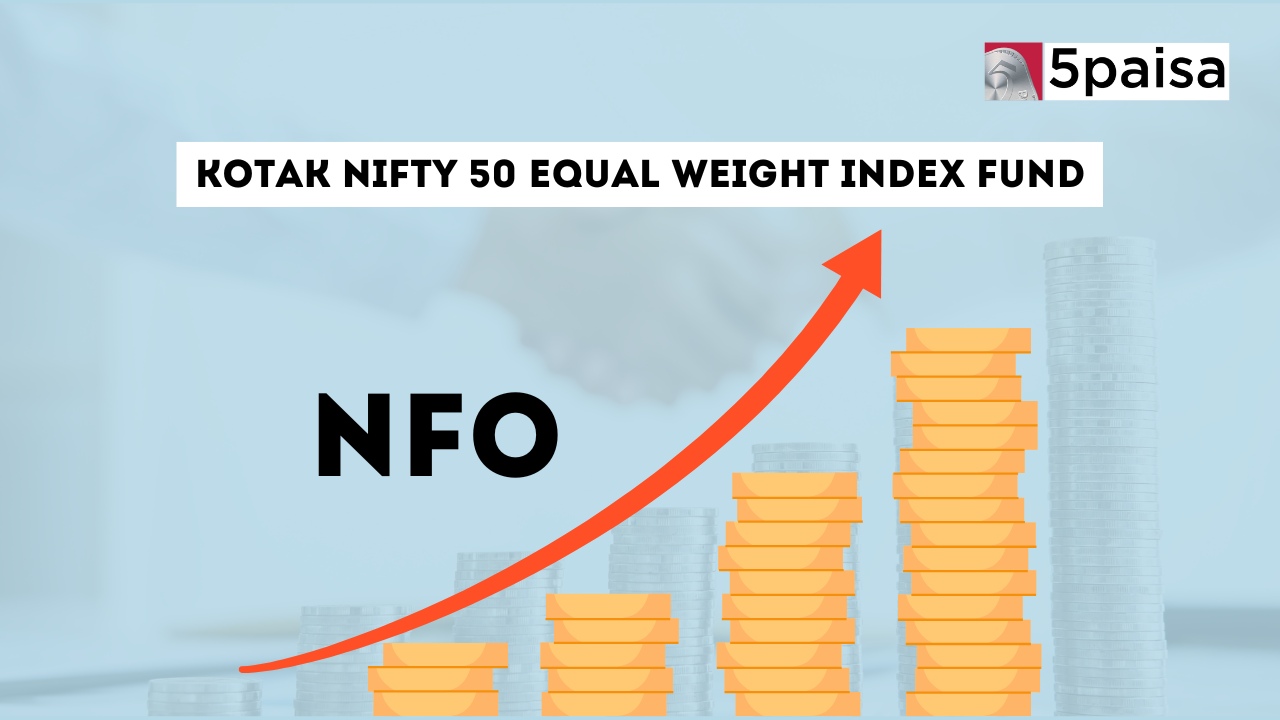Ola Electric Share Price Surge 8% on Launch of Affordable Scooters Starting at ₹39,000
Sensex 80,000: Introducing the New Franklin Templeton Multi Cap Fund

Last Updated: 4th July 2024 - 11:36 am
Market highs are not deterring mutual funds from introducing new schemes. On the day the S&P BSE Sensex reached the 80,000 mark for the first time, Franklin Templeton India Mutual Fund unveiled a new equity scheme. Named Franklin India Multi Cap Fund (FMCF), this diversified fund invests in stocks across large-cap, mid-cap, and small-cap categories. Despite being relatively new, the multi-cap segment is already crowded, with 24 schemes collectively managing a corpus of ₹1.39 lakh crore, according to ACE MF data.
Here are four points to know about this fund:
Diversified, but Multi-cap:
As a multi-cap fund, this fund is required to maintain a significant presence across all three segments—large-cap, mid-cap, and small-cap—by investing a minimum of 25% in each. The remaining 25% can be allocated to any segment at the fund's discretion. In November 2020, the Securities and Exchange Board of India (SEBI), the capital market regulator, introduced a new category of funds known as the flexi-cap category.
Schemes in the flexi-cap category can invest in large-caps, mid-caps, and small-caps in any proportion they choose, unlike a multi-cap fund, which has a minimum investment threshold for each category. Since Franklin Templeton India’s existing scheme, Franklin India Flexi Cap Fund, was categorized as a flexi-cap fund, the company did not have a multi-cap fund. The fund house has now addressed this gap by launching the Franklin India Multi Cap Fund (FMCF).
Most flexi-cap funds tend to favor large-cap stocks. An analysis of the latest portfolios of flexi-cap funds reveals that, on average, they allocate 58% to large-cap stocks, 19% to mid-cap stocks, and approximately 17% to small-cap stocks.
Small caps can give you a taste of new sectors
R. Janakiraman, Chief Investment Officer at Franklin Templeton India Asset Management, emphasizes the promising investment opportunities in the small-cap segment that should not be overlooked. He highlights the significant increase in listed digital companies across seven sectors—Retail, Food Technology, Software, Insurance, Fintech, Social/Media, and Logistics—between 2018 and 2023, sectors which were nearly nonexistent in 2018. Additionally, from 2020 to 2023, there were over 100 Initial Public Offerings (IPOs), with only 3% of these issuances in the large-cap space, while the remainder were in the small- and mid-cap segments.
Nifty 500 versus Nifty 500 Multicap
The benchmark index for the Franklin India Multi Cap Fund (FMCF) is the Nifty 500 Multicap 50:25:25 index. This index allocates 50% to large-cap stocks, and 25% each to mid-cap and small-cap stocks, closely aligning with the typical investment strategy of multi-cap funds.
Conversely, the Nifty 500 index allocates approximately 70% to large-cap stocks. Most flexi-cap schemes tend to align with this level of large-cap allocation. Flexi-cap schemes offer more flexibility, allowing them to invest in and switch between different market segments as needed.
Both multi-cap and flexi-cap funds provide diversification across large-cap, mid-cap, and small-cap stocks. However, if you already have substantial exposure to large-cap stocks, it might be more advantageous to choose multi-cap funds. This is because multi-cap funds are required to invest at least 25% in small-cap stocks, 25% in mid-cap stocks, and 25% in large-cap stocks. The fund manager has the discretion to allocate the remaining 25% as they see fit.
Large, mid, small: No clear winner
Although mid-cap and small-cap stocks tend to be more volatile than large-cap stocks, there is no consistent winner on a year-to-year basis, according to an analysis by Franklin Templeton. Examining calendar year returns from 2006 to 2023, the fund house found that large-cap stocks (represented by the Nifty Large-Cap 100 index) outperformed in seven calendar years.
Mid-cap stocks, represented by the Nifty Midcap 150 index, outperformed in three years, while small-cap stocks, represented by the Nifty Smallcap 250 index, outperformed in seven years. Experts suggest that this variability indicates a multi-cap fund can be a beneficial choice if you prefer to have fewer funds in your portfolio, as it provides balanced exposure to all three segments.
Trending on 5paisa
01
 5paisa Research Team
5paisa Research Team
02
 5paisa Research Team
5paisa Research Team
Discover more of what matters to you.
Indian Market Related Articles
Disclaimer: Investment in securities market are subject to market risks, read all the related documents carefully before investing. For detailed disclaimer please Click here.
 5paisa Research Team
5paisa Research Team





